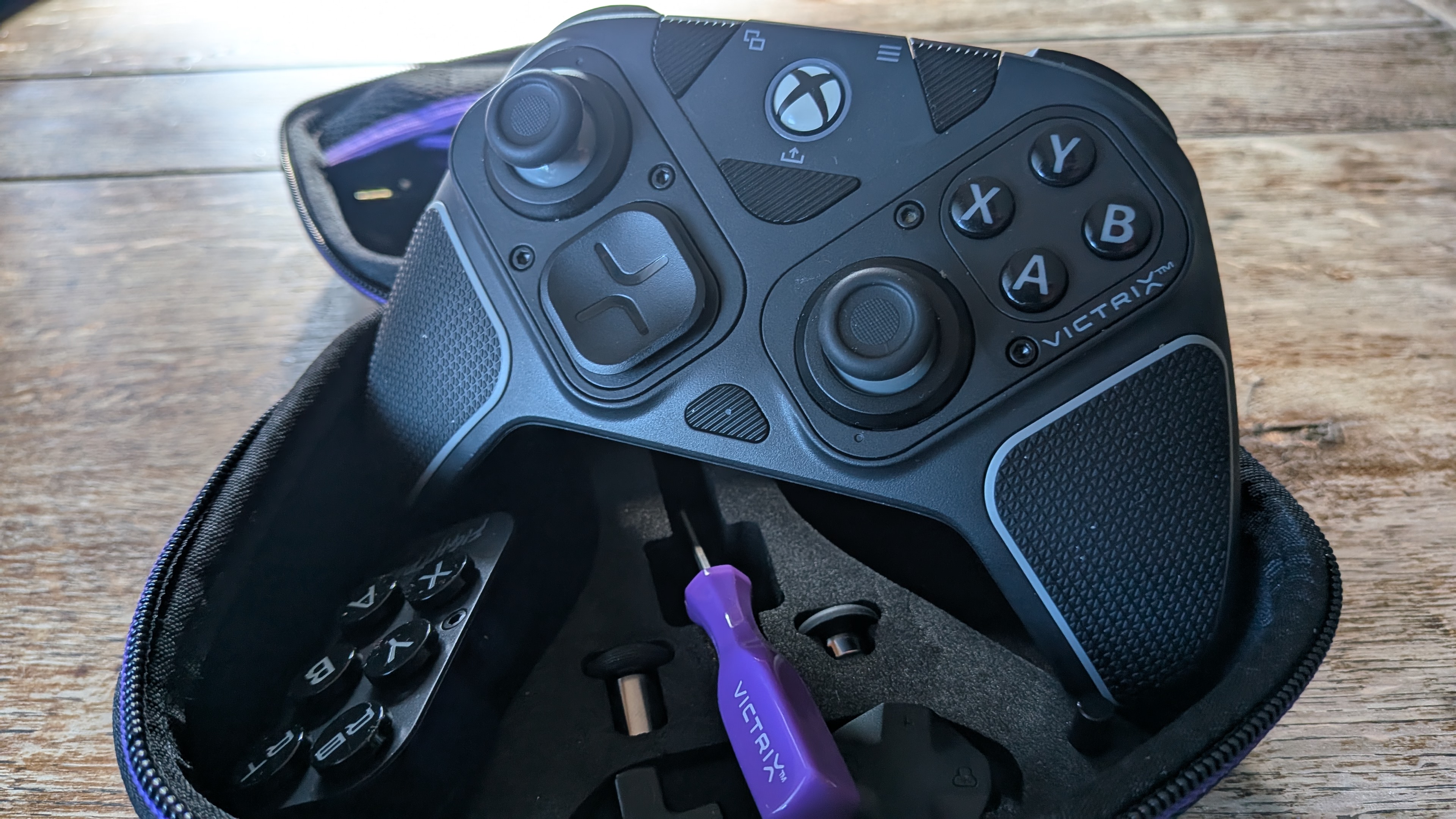Benchmarks: GTX Titan X in SLI
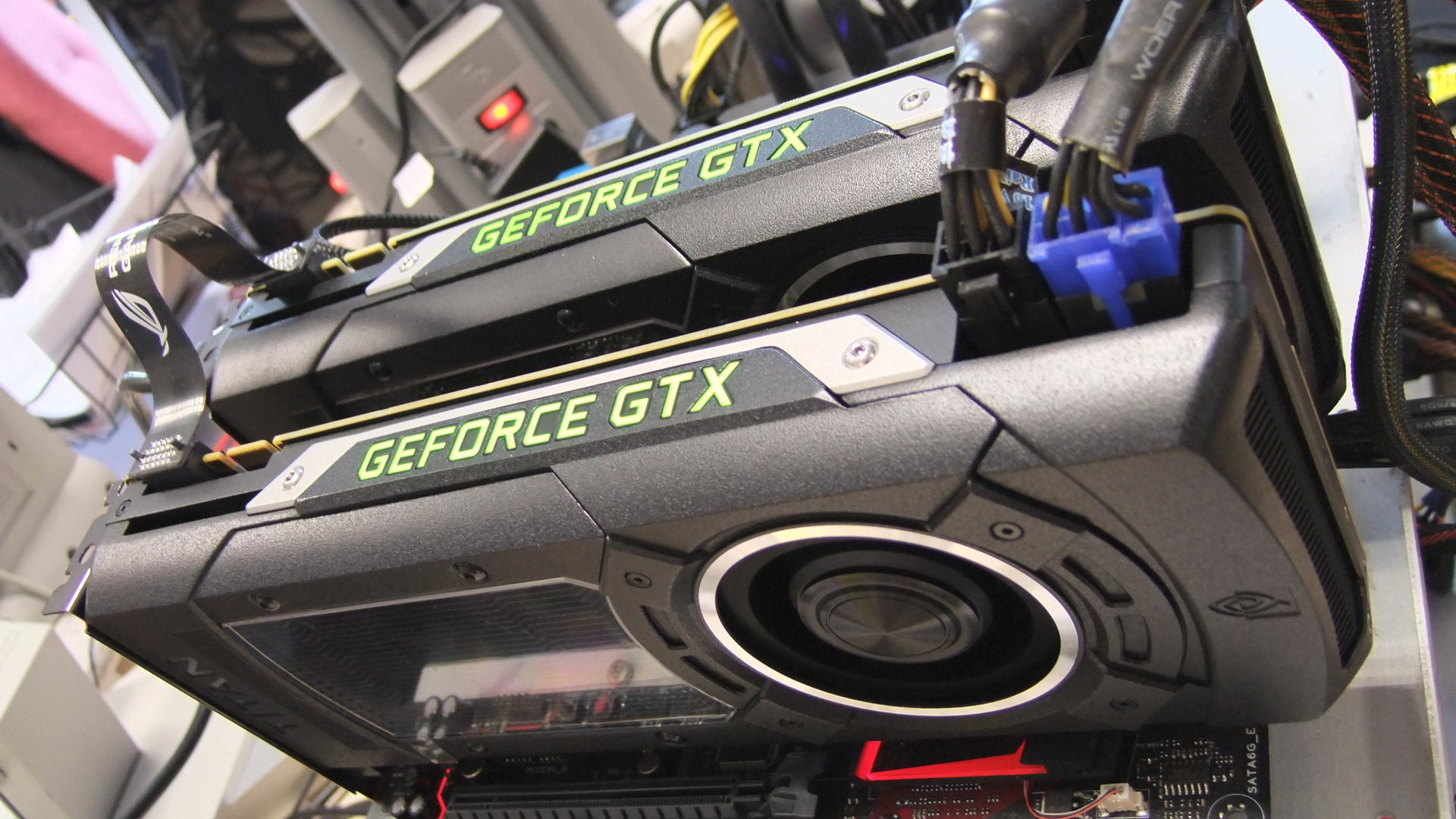
We’re an insatiable lot, us PC gamers. Nvidia gives us the fastest GPU that’s ever been produced and what’s my response? 'What happens if I strap two together?'
So into my test rig go a pair of GeForce GTX Titan X cards, and during our time together they ably demonstrate exactly why Nvidia’s magnum opus is a better graphics card than AMD’s slightly quicker Radeon R9 295X2. I got a bit of flack for suggesting that, despite the Radeon offering higher average frame rates, the GTX Titan X offered a much better gaming experience overall. It was all to do with the fact that a quick single GPU is going to deliver far less gaming stress than a multi-GPU array.
As much as multi-GPU computing has improved in the last few years, not just in the scaling of performance but in the overall reliability, you'll still hit times when your pair of cards or GPUs is cut in half by an uncooperative driver—something that very, very rarely happens with a single GPU.
An esteemed colleague made the point that essentially the default state of multi-GPU is to be broken and in need of a fix. When a new game, new bit of software, or a new piece of hardware is released we’ll often need someone somewhere to code in a fix to get things working again. Sometimes that happens via a day one patch, sometimes it can be a couple of weeks after the fact and sometimes it doesn’t happen at all. Company of Heroes 2, I’m looking at you.
Why bother?
If that’s why a single GTX Titan X is better than a twin-GPU R9 295X2, why am I even bothering to SLI two of Nvidia’s latest cards? It’s all about the chase for 4K gaming at the highest settings, isn’t it?
But in that pursuit, admittedly with early drivers, the problems of flaky multi-GPUs came to the fore. With a pair of GTX Titan X cards powering my PC I was getting ludicrous gaming performance, but I was also getting a bit of a migraine. Something weird was happening with them when I wasn’t running at the 4K native resolution of my panel, but frustratingly not every time:
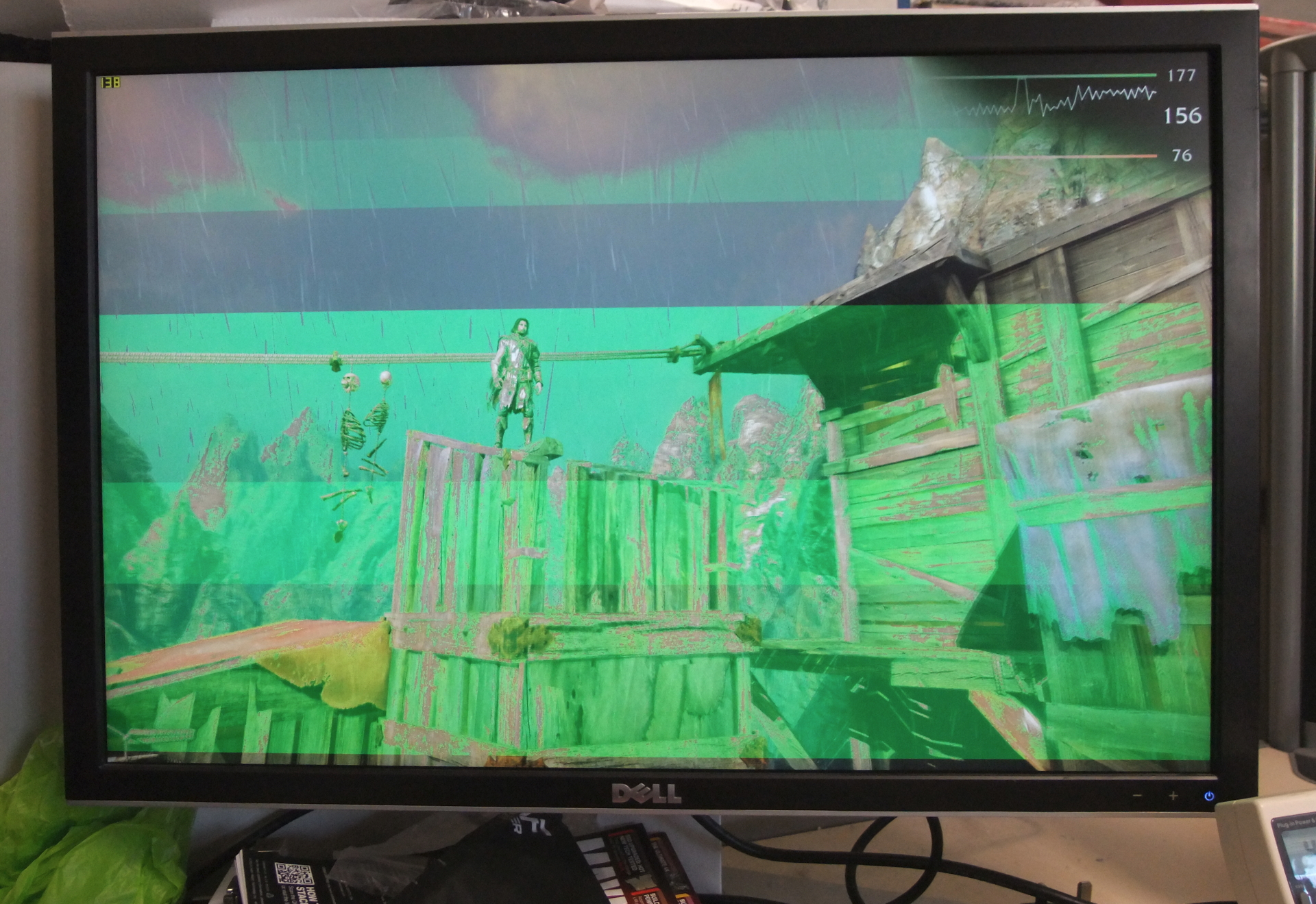
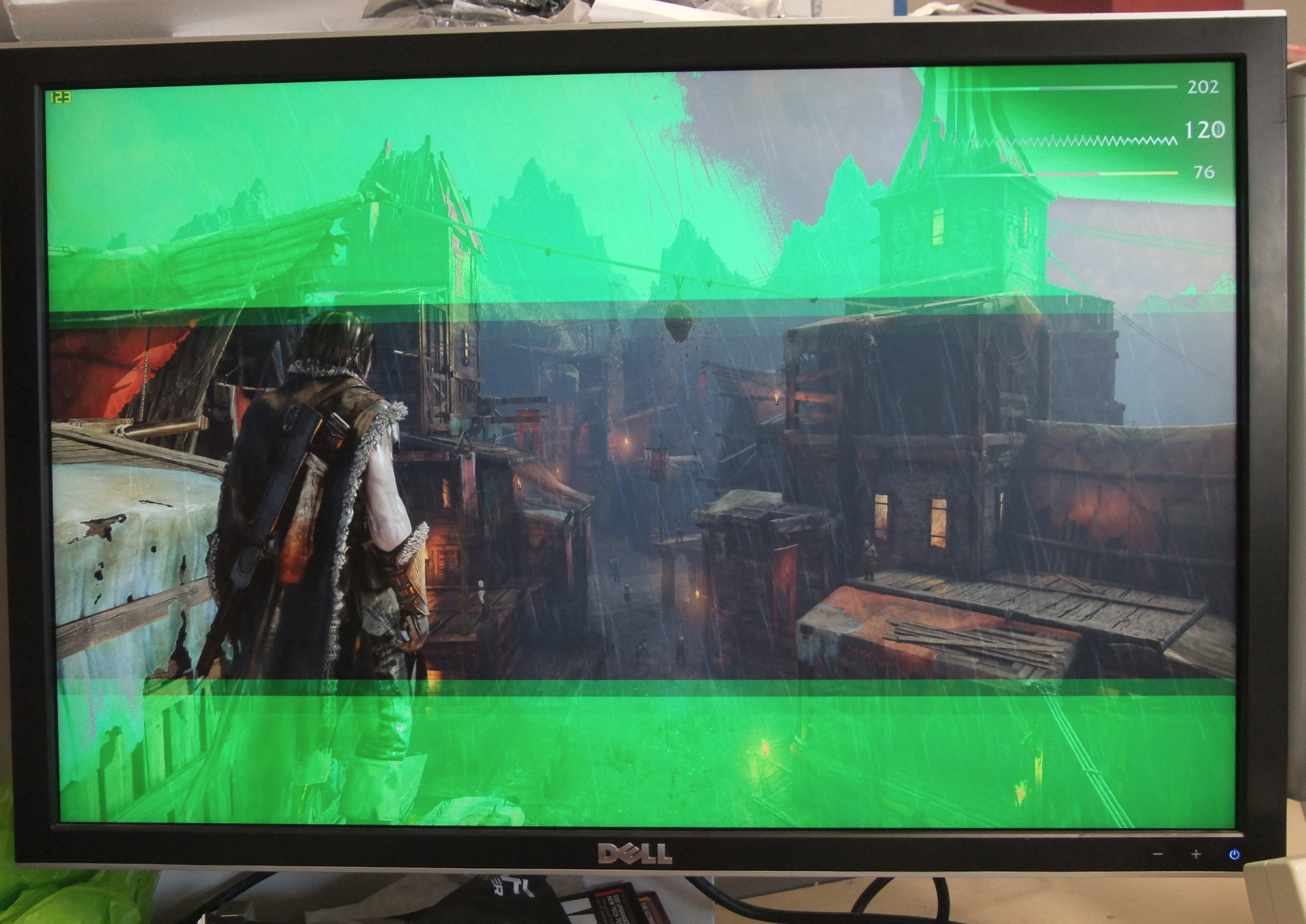
Not pleasant, right? Imagine those green swatches strobing up and down the screen at irregular intervals all the way through my testing runs, bizarrely avoiding the specific light-sources in-game.
Keep up to date with the most important stories and the best deals, as picked by the PC Gamer team.
4K performance
But all that was happening at the sort of resolutions you’d be mad to run your twin Titan X cards at. Running them at 4K, especially on a 28-inch G-Sync screen, was an absolute, non-headachey joy. I’m a benchmarking nerd and I almost wept seeing the Heaven test move so lithe across my screen at 3840 x 2160. 49FPS is still not the 60FPS target we’re all hoping for, but it’s still pretty darned glorious.
Interestingly, with a pair of GTX Titan X cards the roles are practically reversed with the R9 295X2. Testing against a pair of the twin-GPU Radeons—to make a quad-CrossFireX setup—had the Nvidia cards coming out on top in a surprising number of my benchmarks.
Heaven 4.0 and GRID 2 see the AMD cards still keeping their lead, but in Bioshock, BF4, and Metro Last Light the two Nvidia GPUs outshone the four AMD chips. Oh, and even with a pair of Titan X cards running at full pelt they still drew less power from the wall than a single R9 295X2.
| DirectX 11 4K synthetic performance — Heaven 4.0 | Minimum FPS | Average FPS |
|---|---|---|
| Nvidia GTX Titan X | 15 | 27 |
| 2x Nvidia GTX Titan X SLI | 22 | 49 |
| 2x AMD R9 295X2 CrossFireX | 8 | 52 |
| DirectX 11 4K gaming performance — BioShock Infinite | Minimum FPS | Average FPS |
|---|---|---|
| Nvidia GTX Titan X | 16 | 56 |
| 2x Nvidia GTX Titan X SLI | 15 | 94 |
| 2x AMD R9 295X2 CrossFireX | 13 | 9 |
| Battlefield 4 | Minimum FPS | Average FPS |
|---|---|---|
| Nvidia GTX Titan X | 31 | 48 |
| 2x Nvidia GTX Titan X SLI | 48 | 78 |
| 2x AMD R9 295X2 CrossFireX | 41 | 68 |
| GRID 2 | Minimum FPS | Average FPS |
|---|---|---|
| Nvidia GTX Titan X | 63 | 82 |
| 2x Nvidia GTX Titan X SLI | 88 | 115 |
| 2x AMD R9 295X2 CrossFireX | 110 | 143 |
| Metro Last Light | Minimum FPS | Average FPS |
|---|---|---|
| Nvidia GTX Titan X | 14 | 20 |
| 2x Nvidia GTX Titan X SLI | 16 | 34 |
| 2x AMD R9 295X2 CrossFireX | 6 | 26 |
So yes, in twin SLI you can get the sort of performance that would have you happily gaming at top settings and at 4K. But what of three, or even four Titan X cards? Well, there again we run into more multi-GPU problems. Scaling has improved drastically with two GPUs, to the point where in some places you can almost get linear performance scaling, doubling speeds by adding a second card. But adding another wont get you anywhere near tripling the performance of a single card. Still less for a fourth card—which is why having a pair of R9 295X2 cards can’t topple the Titan X in dual-SLI.
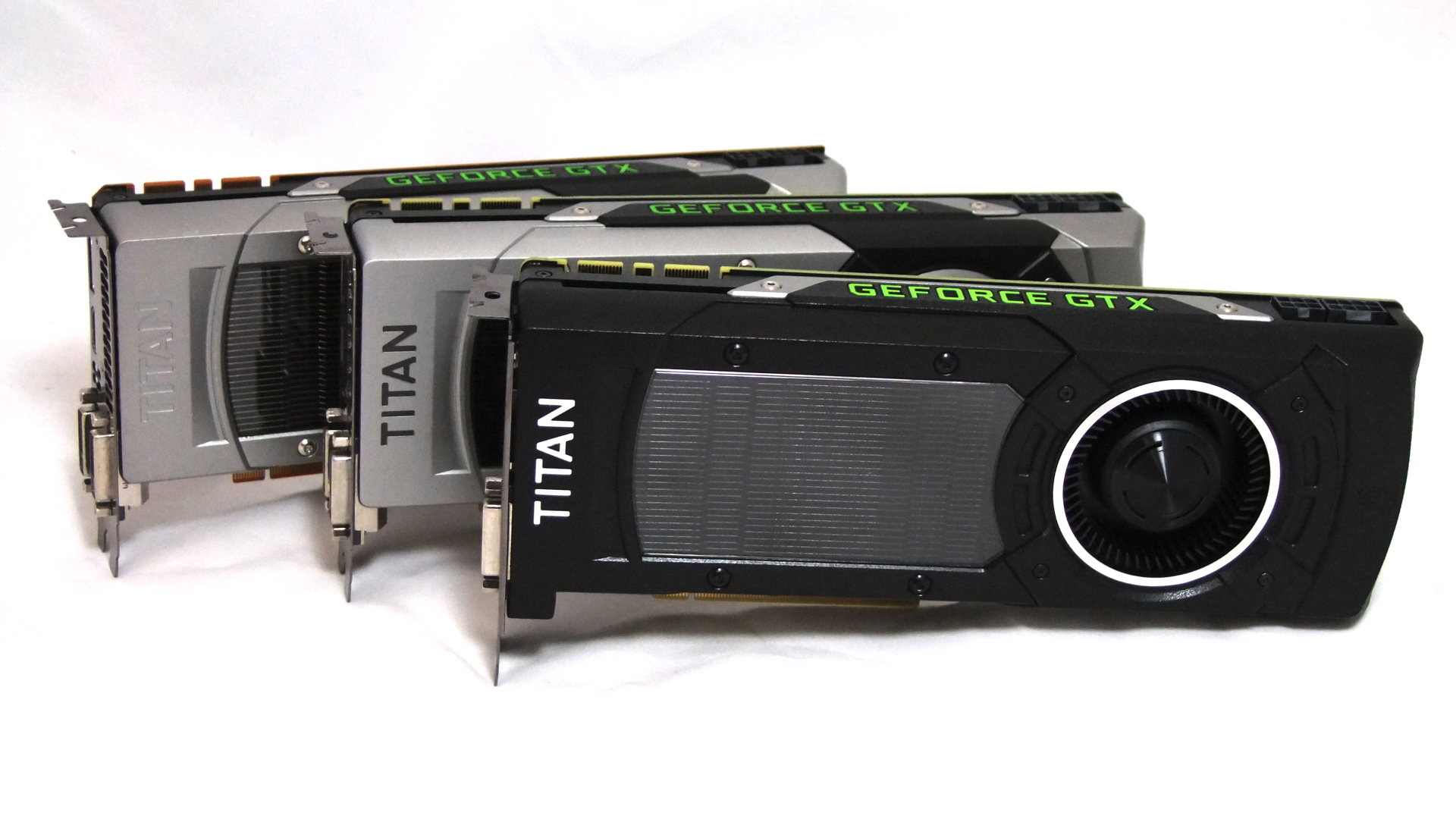
When you’re getting only a tiny percentage of the performance value of your graphics card that’s a bitter pill to swallow. Especially if that pill costs $1,000. But if you’ve got the cash, and the 4K monitor, this $2,000 worth of graphics cards will get you outstanding gaming performance. And a quick word on the price—that’s still a whole lot cheaper than the almost identical Quadro M6000 Nvidia has just released, which is somewhere around $5,000.
The Quadro is the pro-level version of the Titan X, with the same GPU, the same core count and the same 12GB of memory. All it’s got for that extra cash is some pro licensing and double precision processing enabled. Suddenly the Titan X is looking pretty good value, right? Er, kinda...
Check out our Best Graphics Cards guide for more buying advice.

Dave has been gaming since the days of Zaxxon and Lady Bug on the Colecovision, and code books for the Commodore Vic 20 (Death Race 2000!). He built his first gaming PC at the tender age of 16, and finally finished bug-fixing the Cyrix-based system around a year later. When he dropped it out of the window. He first started writing for Official PlayStation Magazine and Xbox World many decades ago, then moved onto PC Format full-time, then PC Gamer, TechRadar, and T3 among others. Now he's back, writing about the nightmarish graphics card market, CPUs with more cores than sense, gaming laptops hotter than the sun, and SSDs more capacious than a Cybertruck.

